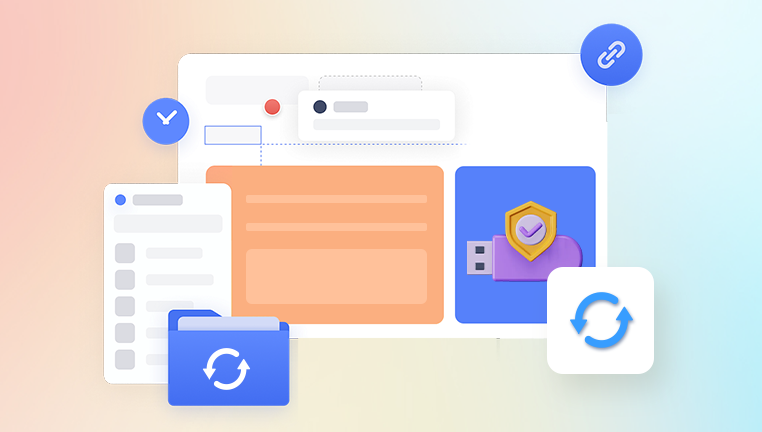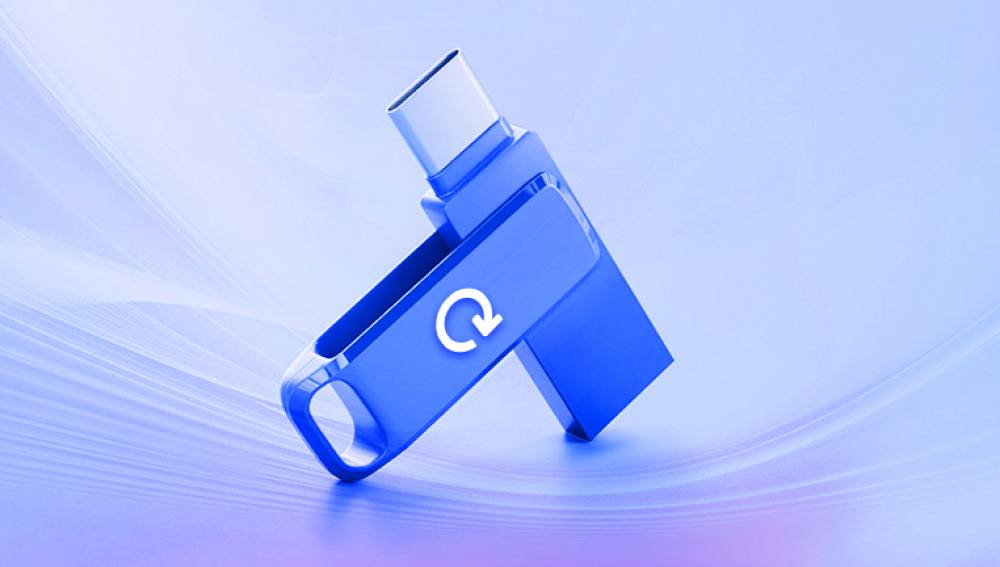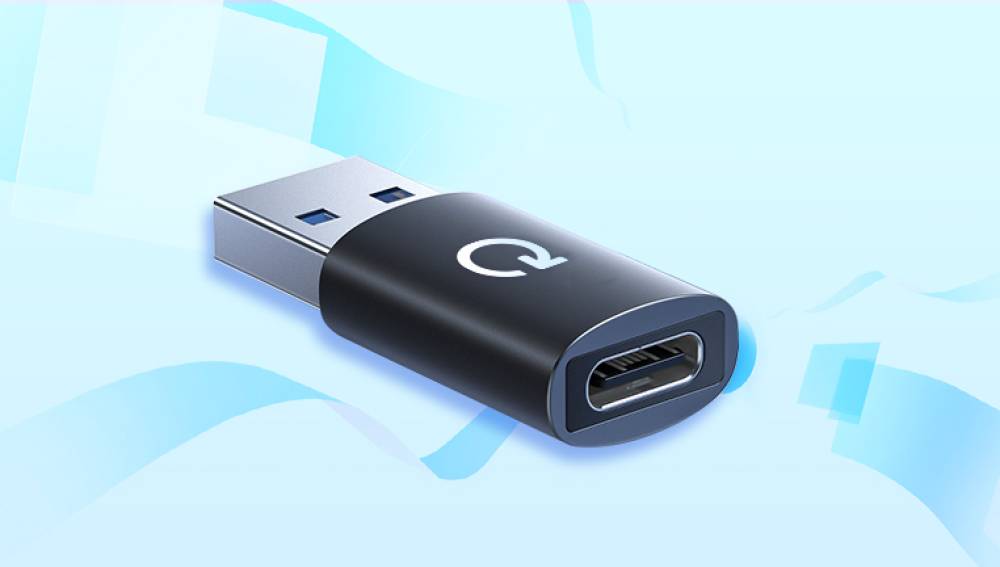If your USB flash drive is not recognized by your computer, it can be due to a variety of issues ranging from software problems to physical damage. Here is a step-by-step guide to help you diagnose, fix, and recover data from an unrecognized USB flash drive:
Step 1: Basic Troubleshooting
Check the USB Port and Connection
Try Different Ports and Computers: Insert the USB drive into different USB ports on your computer. If it’s still not recognized, try another computer to rule out port-specific issues.
Inspect the USB Drive: Check for any visible physical damage to the USB drive. If it's damaged, consider professional repair services.

Step 2: Device Manager Check (Windows)
Open Device Manager:
Right-click on This PC or My Computer and select Manage.
Go to Device Manager.
Check for the USB Drive:
Expand the Disk Drives and Universal Serial Bus controllers sections to see if your USB drive is listed.
Look for devices with a yellow exclamation mark or as an Unknown device.
Update or Reinstall Drivers:
Right-click on the problematic device and select Update driver.
Follow the prompts to search automatically for updated driver software.
If updating doesn’t work, try uninstalling the device and then restarting your computer. The drivers should reinstall automatically.
Step 3: Disk Management Check (Windows)
Open Disk Management:
Right-click on This PC or My Computer and select Manage.
Go to Disk Management.
Look for the USB Drive:
Check if your USB drive appears in the list of disks. It might be listed as Removable, Unknown, or Not Initialized.
Initialize the Disk:
If the drive is listed as Not Initialized, right-click on it and select Initialize Disk.
Follow the prompts to initialize the disk, typically using the MBR (Master Boot Record) or GPT (GUID Partition Table) partition styles.
Assign a Drive Letter:
If the drive is recognized but has no drive letter, right-click on the drive and select Change Drive Letter and Paths.
Click Add, select a drive letter, and click OK.
Step 4: Use Built-in Utilities (macOS)
Open Disk Utility:
Go to Applications > Utilities > Disk Utility.
Locate the USB Drive:
Find your USB drive in the list of external drives.
Run First Aid:
Select the USB drive and click on First Aid to check for and repair any issues.
Step 5: Third-Party Software Solutions
Data Recovery Software
Recuva (Windows):
Download and install Recuva.
Run the software, select your USB drive, and follow the wizard to scan and recover files.
Disk Drill (Windows/macOS):
Download and install Disk Drill.
Run the software, select your USB drive, and click on Recover.
PhotoRec (Windows/macOS/Linux):
Download and install PhotoRec.
Run the software and follow the on-screen instructions to recover files.
Step 6: Advanced Troubleshooting
Using Command Prompt (Windows)
Open Command Prompt as Administrator:
Type cmd in the Windows search bar, right-click on Command Prompt, and select Run as administrator.
Use Diskpart:
Type diskpart and press Enter.
Type list disk to display all connected drives.
Identify your USB drive by its size and type select disk X (replace X with your disk number).
Type clean to remove all partitions.
Create a new partition using create partition primary.
Format the partition with format fs=ntfs or format fs=fat32.
Assign a drive letter with assign letter=X.
Using TestDisk (Windows/macOS/Linux)
Download and Install TestDisk:
Run the software and select Create to create a log file.
Select your USB drive and proceed with the on-screen instructions to analyze and recover partitions.
Step 7: Professional Data Recovery
If none of the above steps work, consider seeking help from a professional data recovery service. Services like DriveSavers, Ontrack, or local specialists can recover data from physically damaged drives.
Preventive Measures
Regular Backups: Keep a backup of important data in multiple locations, including cloud storage.
Safe Removal: Always use the Eject feature before removing the USB drive to prevent data corruption.
Antivirus Protection: Regularly scan your USB drive for viruses to prevent malware-related issues.
By following these steps, you should be able to diagnose and fix most issues with an unrecognized USB flash drive and recover your data.




